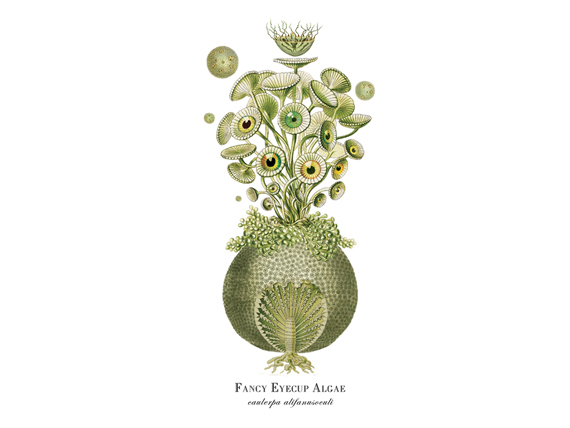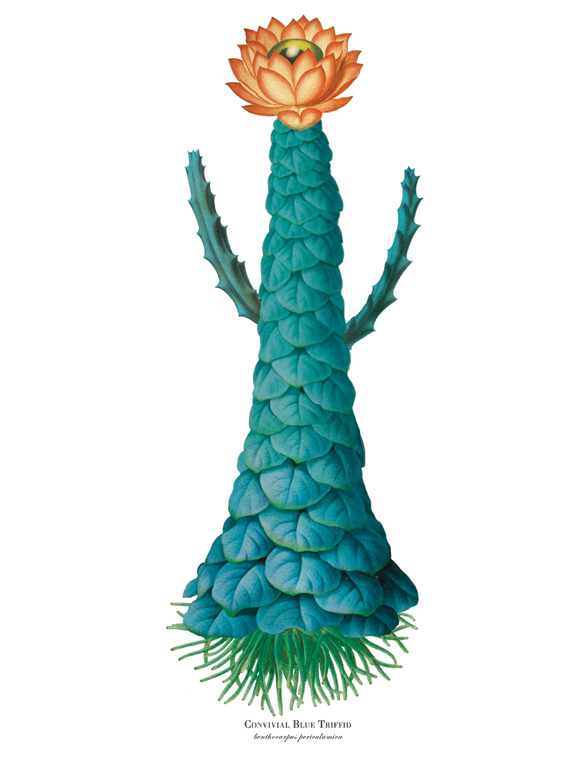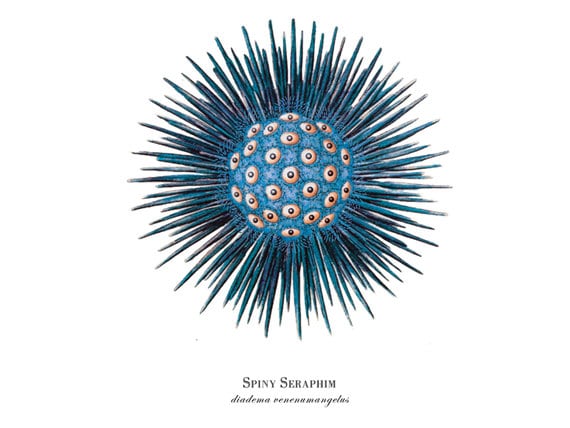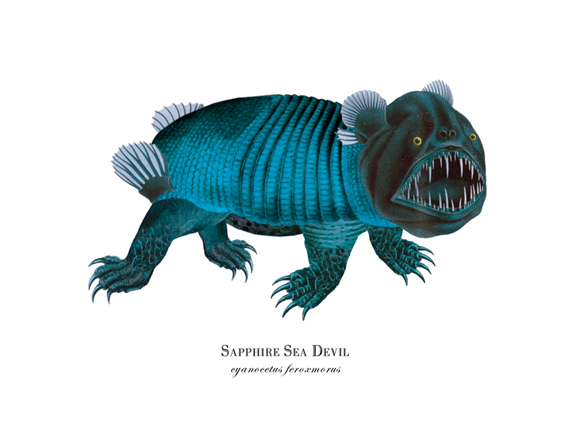Art of the Gaps 2: Extraterrestrial Life?


Happy New Year!
Part of being human is having the drive to question the mysteries of the world around us. That questioning has led us to many answers over the millenia. Some of the biggest gaps in human knowledge have been answered by arbitrary communal consensus. These diverse myths and stories entertained and reinforced social values. Other answers are hard won either through empirical cultural knowledge passed down through generations or, more recently, through the rigors of scientific inquiry. As we’ve grappled with getting to know our world we’ve expressed our quest for understanding through poignant works of art.
This is what I call the Art of the Gaps. How people have represented their conclusions regarding the unknown has varied and developed over time. Science has filled in many gaps in humanity’s knowledge but some of the biggest mysteries still remain. So we continue to make art of the gaps. This is a series of posts for Mad Art Lab that will explore contemporary art work inspired by the big unanswered questions. How did the universe get started? What is consciousness? What is the origin of life? Are we alone in the universe? What happens when we die? What is beauty? These are just a few.

Today’s featured art of the gaps question is “If there is extraterrestrial life, what does it look like?”
Dreaming about other life beyond Earth stokes our imaginations and fantasies. It is no wonder that this art of the gaps question is currently so fertile in popular culture. Science fiction novels and movies featuring extraterrestrial life are everywhere. From cute Ewoks to terrifying Xenomorphs we love stories about encountering alien life. Some of these stories are pure fantasy but many times the authors, artists, or film makers put a great deal of thought and research into creating scientifically feasible figments.
David Aguilar is an astrophysicist/artist with a passion for public outreach. He’s funneled all of these skills into several National Geographic popular science books of a kind that are like crack for curious kids. As seen in the video above, one of these books, ALIEN WORLDS: YOUR GUIDE TO EXTRATERRESTRIAL LIFE, required a huge amount of research and speculation about the types of life that might be living on a wide variety of alien worlds. The research led to 3-D mock ups of organisms and lavish renderings of life forms set within their distinct alien environments. A teacher could easily develop an exciting multidisciplinary lesson plan with project from this book and video. (I would include a short but valuable lesson of skeptical research into this eminent scientist’s claim about memory transference in cannibal planaria.) ((Planaria are almost as cool as tardigrades with or without cannibal memory transference.))
Here are some of David Aguilar’s illustrations from the ALIEN WORLDS.




Our next artist is Marabelle Hincher who did a series of naturalist illustration parodies called “2013 Xenobiology.” These are similar to David Aguilar’s work in that Hincher did research in order to produce these drawings in the style of scientific illustrations from the 1800s. The antique earthly drawings of their time were usually produced and bound for publication in books or periodicals of the time. That was the age of adventurous professional and amateur naturalists voyaging the world in a supreme effort to discover, categorize, name, and document as many species as possible. The naturalists’ original documentary drawings were made into engravings and published. Hincher’s illustrations suggest a time in the future when fastidious humans similarly strive to document off-world species.
I admire her statement about this series. It encapsulates the spirit of scientifically-minded art of the gaps:






Juliemars,
I’ve always been a fan of sci fi, and aliens, I’ve even started writing a sci fi novel, that is about aliens, and I’m thinking about illustrating it, so as you can imagine I’m really into alien art.
I just finished watching the video. I wasn’t able to earlier. I think David Aguilar maybe a bit overly optimistic. I’m not really sure finding evidence of aliens will be as easy as he’s making it out to be at the end. I keep remember scientists saying we’re going to find ET in X amount of time and we fail to do so.